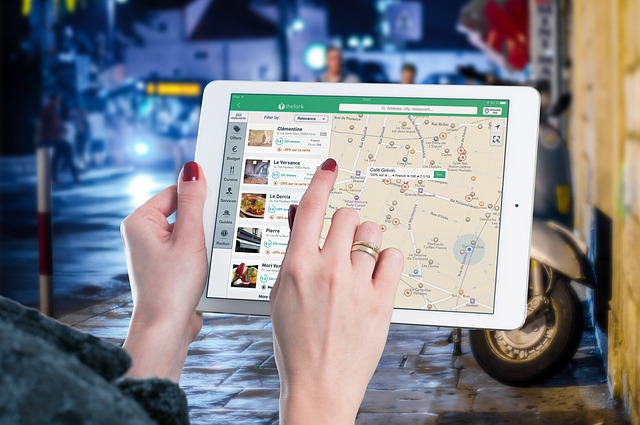Widgetized Section
Go to Admin » Appearance » Widgets » and move Gabfire Widget: Social into that MastheadOverlay zone
Promoting Your Community on the Web
The views expressed are those of the author and do not necessarily reflect the views of ASPA as an organization.
By William Hatcher
December 8, 2015
In the past, I have used this column to discuss how communities can use the Internet to improve decision-making in local governments and develop their economies. This month, I want to discuss how cities can use the Internet to promote their local assets to potential visitors and residents.
In the information age, promoting community assets through a quality Web presence is a vital component of modern economic development practice. However, many local governments lack functional websites and effective social media channels. This is an issue for local economic development because citizens expect public agencies to have robust Web presences. When potential visitors, new residents and businesses look for information about a community, they first turn to the Internet.
In public administration literature, there is an emerging focus on the importance of branding communities. Such promotion can positively affect a community’s economy by highlighting the businesses, shops, restaurants, cultural amenities and other positive features available. Given the importance of branding, public administrators need to recognize the importance of marketing their communities. While public administration is becoming more concerned with the role administrators play as marketers, community development has argued for communities to build local assets.
Based on these two streams of literature, communities should actively seek to brand themselves by advertising their assets. One key tool for communities to accomplish this goal is through maintaining effective websites. However, few studies have examined how local governments use Internet-based technologies to promote their local assets.
In a recent study, I examined how cities in the Atlanta metro area used their websites to promote local assets. The exploratory analysis includes the tourism and promotional pages of the websites of 40 communities in the Atlanta-metro area. I selected Atlanta-metro cities because urban communities are more likely than rural areas to have websites. The content of the websites was analyzed using protocol similar to the procedures developed by Kim and Kuljis. I developed the following protocol for the content analysis of the websites: formulating research questions, creating coding scheme, sampling, coding and data analysis. When looking at the websites, I made note of the key areas of promotion based on the general community development literature.
 Based the community development literature, the following are important areas of promotion for communities to include information about on their websites:
Based the community development literature, the following are important areas of promotion for communities to include information about on their websites:
- Amenities
- Economic data
- Lists of businesses
- Descriptions of cultural capital
- Historical information
- Information about the community’s downtown
- Contact information for local officials
Content analysis of the communities found most cities promote in the analyzed content areas. As noted, I examined seven areas of promotion. This creates a scale of one to seven. On average, the study’s 40 cities included four of the areas of promotion on their websites. In fact, a majority of communities promoted their amenities, lists of businesses, historical information, cultural capital, downtowns and contact information. Only a smaller percentage (12.5 percent) included economic statistics about their communities on their websites. Table 1 displays the percentage of communities that promote in each of the areas of promotion.
Table 1. How the cities are promoting themselves on the Web (n = 40)
| Amenities | Economic Data | List of Businesses | Historical Information | Cultural Capital | Downtown | Contact Information |
| 77.5% | 12.5% | 52.5% | 87.5% | 75% | 50% | 97.5% |
Three communities (7.5 percent of the sampled cities) promoted all seven areas on their websites. Those communities are Snellville, Stone Mountain and Suwannee. Powder Springs probably had the best information about the community’s local amenities, including a clear link to specific details about what the area has to offer residents, potential new residents and visitors.
Some cities made it easy for potential new residents and visitors to interact with businesses in their communities through the municipal websites. For instance, Riverdale’s site included links to purchase tickets to local events. However, many cities lacked detailed information about their downtown.
Based on my analysis of the Atlanta-metro websites, some areas—in particular, contact information for local businesses and information about a community’s downtown—are absent from a number of municipal websites. Cities are missing a cost-efficient opportunity to advertise their local economy and businesses. Six communities in the Atlanta area do not maintain their own unique site to promote tourism-based assets. Many young professionals looking for new destinations will want to know more about the downtown areas in communities and local economic data. This is a public administration and development problem with an easy fix. Communities need to take advantage of the Internet to promote all of their local assets.
Author: William Hatcher, Ph.D., is an associate professor and director of the Master of Public Administration program at Georgia Regents University (soon to be renamed Augusta University). He can be reached at[email protected]. (His opinions are his own and do not necessarily represent those of his employer.)


Follow Us!